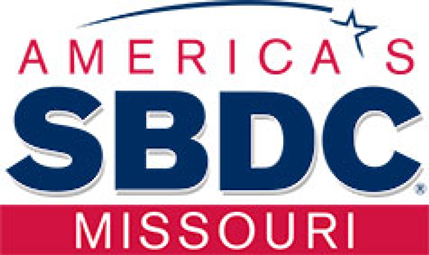Coupons are the most common sales promotional tool used by businesses. Their usage continues to grow each year, as they provide a way for the consumer to save money while offering the retailer a way to grow and retain sales. The coupon has consistently proven to be an effective business tool.
They are a cost-efficient way to generate sales because literally everyone in the buying market uses them at some time. Here are a few statistics that prove the usage of coupons in the marketplace from a 2016 year-to-date analysis.
- Over half of consumers use a coupon for at least one of every four purchases (RetailMeNot)
- 45.1% of millennials use coupons (CCG Catalyst)
- Valassis reports
- 88% of affluent shoppers use coupons from the mail
- 81% find print coupons before shopping
- 77% search for deals in store circulars
- Print and online are the most frequently used media to search for incentives
- 85% of consumers look for coupons (nongrocery) prior to visiting a retailer (RetailMeNot)
There are myths as to who uses a coupon to shop. Typically, women are the biggest users of coupons at 82%, while men are at 56%. The difference is related to the idea that women do most of the shopping but, as times continue to change, I believe men will use coupons more and more. Interestingly, among heavy coupon users (five+ coupons used weekly) women and men are very close, with a four percentage point spread. Roughly 70% of all households use coupons, and about 30% are heavy user households. In age brackets, 66% of adults ages 18–24 have used coupons (a group many retailers feel do not use coupons at all). Coupon usage continues to climb as the group ages, with 61+ at 80% usage. Missouri households tend to use coupons — coming in at 81% — while 16% are heavy users, so the practice is very active here in our state. (Information for these statistics is from the Manufacturers Coupon Control Center).
As a retailer, you have many options to choose from for coupon delivery. Some, like free-standing inserts (FSI), are used mainly by national companies. For our local businesses, the options are direct mail, run of press (ROP) newspaper ads, local magazines, handouts and electronic ads. Each has its own advantages and disadvantages. To get the best results, retailers need to evaluate them against their marketing objectives for the coupon.
Another question focuses on the amount of the coupon. According to NCH Promotional Services, consumers require a coupon value of 23 cents before they would consider using one. For a product they have not tried before, a value of 44 cents was required. The survey pointed out that increasing the coupon value did not necessarily lead to a higher redemption rate.
So as a local small business, you should consider the idea of couponing as part of your promotional marketing mix. It can deliver an audience ready to buy.
Your area Missouri SBDC can help answer questions, offers training and one-on-one appointments; reach out to a location near you.
The Missouri SBDC is funded in part through a Cooperative Agreement with the U.S. Small Business Administration. All opinions, conclusions, and/or recommendations expressed herein are those of the author(s) and do not necessarily reflect the views of the SBA.
